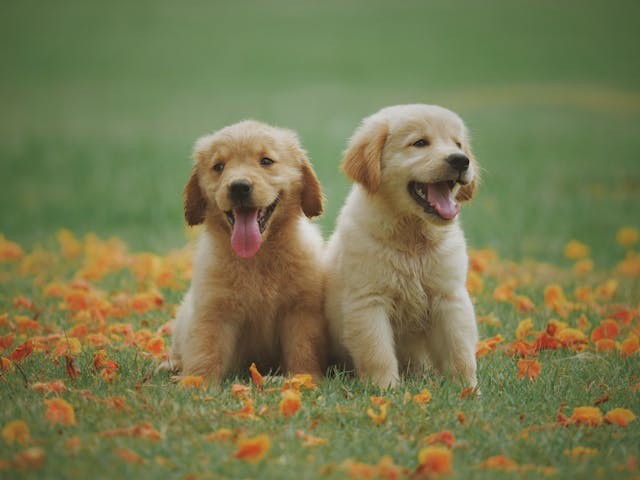
(Photo: Pexels/Chevanon Photography)
Dogs have various breeds, but that will end without humans around. One expert claimed that if humans became extinct, all dogs would have the same appearance.
Dog Breeds Will Be Gone Without Humans
Dr. Dan O'Neill, professor of animal epidemiology at Royal Veterinary College, shared his professional opinion about the fate of dogs without humans. Pooches come in various shapes and sizes, from large breeds like Great Dane, Bloodhound, and German Shepherd to small ones like Chihuahua, Pomeranian, and Shih Tzu.
However, O'Neill believes that without human interventions, all dogs will look the same in just five years. According to him, the "unnatural" and unhealthy attributes like flat faces and long torsos will perish, and only one canine blueprint will exist. He called the hypothetical dog the "Goldilocks Breed" because it's reportedly "just right" and lacks the abnormalities caused by humans.
O'Neill stressed that "breeds don't exist" as they are "a concept humans invented." So, without humans, breeding among canines will end.
"If humans disappeared off the planet tomorrow, breeds would be gone within five years because all the different types of dogs would breed with each other and morph back into one," he explained.
As for how the Goldilocks breed will look like, he likened it to the current village dogs. They will have slim bodies and will be fit and healthy. Breedless dogs will also be "consummate scavengers" and travel long distances for scraps, contributing to their slimmer frame.
The experts also criticized how breeding resulted in dogs suffering from "extreme conformation." Their exaggerated body shape reportedly has adverse effects on their health and welfare.
To clarify his point, he pointed out how people love owning dog breeds like the dachshund, the pug, the English bulldog, the French bulldog, the Cavalier King Charles spaniel, and the Basset hound. O'Neill, however, pointed out that those dogs probably did not wish to live in bodies with more health and welfare issues.
"Dogs have basic natural needs that we must allow them to be able to fulfill, such as to breathe, to exercise, to sleep, to reproduce, to blink, to be free of inherited pain," he added.
Changes in Dogs Exposed to Chernobyl Radiation
The Chernobyl nuclear power plant explosion occurred in Ukraine in 1986. The place has since been abandoned, but researchers who visited the area between 2017 and 2019 found about 200 free-breeding dogs. They collected DNA samples to study the dogs.
The study's goal is to look at how radiation affected the DNA of the Chernobyl dog. A geneticist and study author, Dr. Elaine Ostrander, stated that the discovery would provide the foundation for addressing multigenerational survival in harsh conditions.
At first, they believed the dogs might have mixed over time and become very similar. The outcomes surprised Ostrander and her colleagues.
The study is a significant turning point for the researchers. They recognized 15 families, different from other free-breeding canine families who resided abroad and bred with one another.
It is hypothesized that certain animals might have had genetic modifications that enabled them to endure and procreate following the calamity. It's also possible that inbreeding was encouraged in each region, which gave rise to their unique genetic characteristics.
RELATED ARTICLE: What Happens if Russia Bombs Ukraine's Chernobyl Nuclear Power Plant? Experts Explain Radioactive Risks
Check out more news and information on Animals in Science Times.














